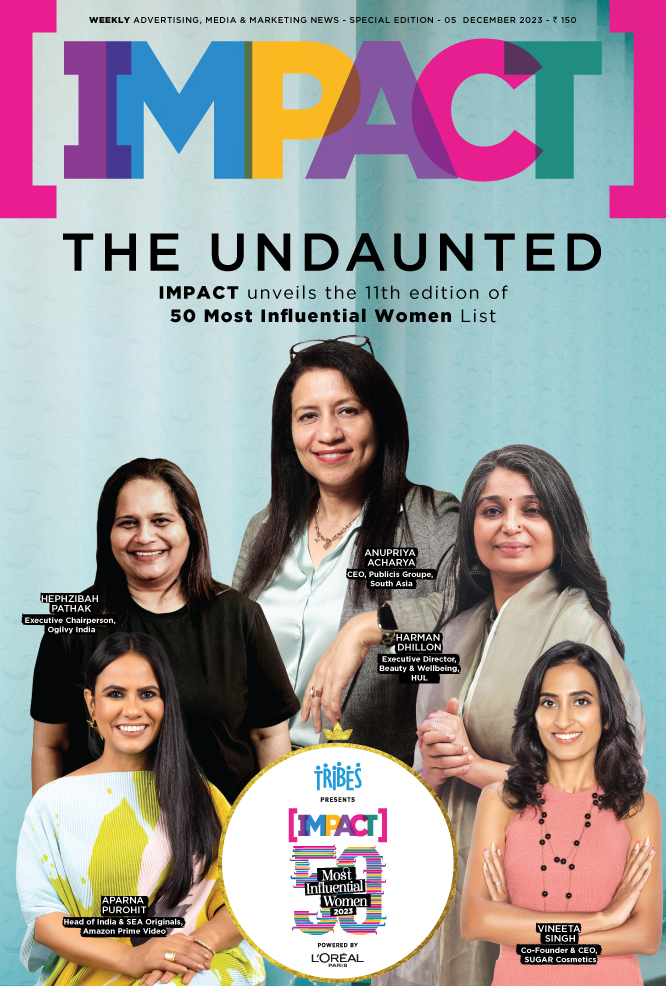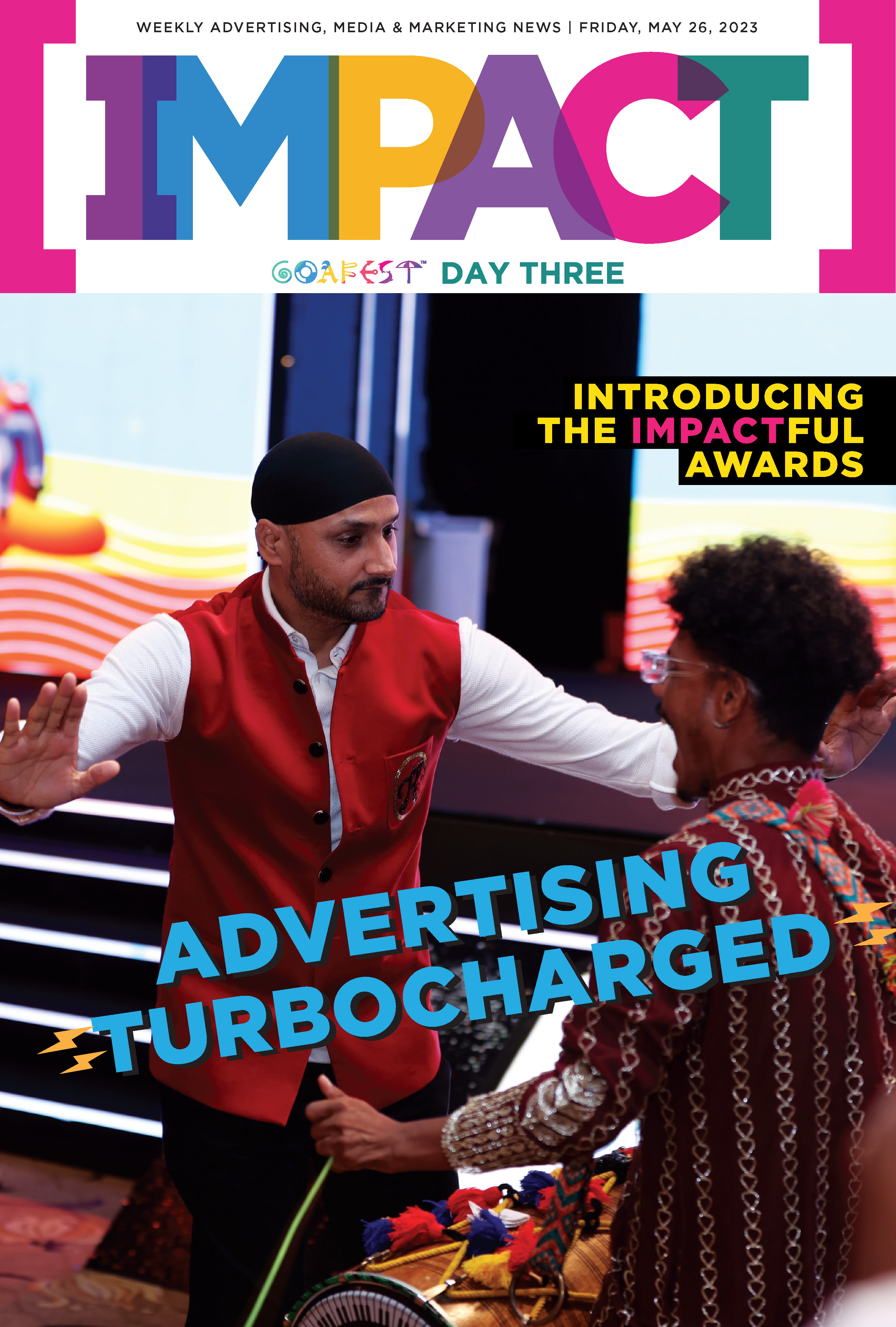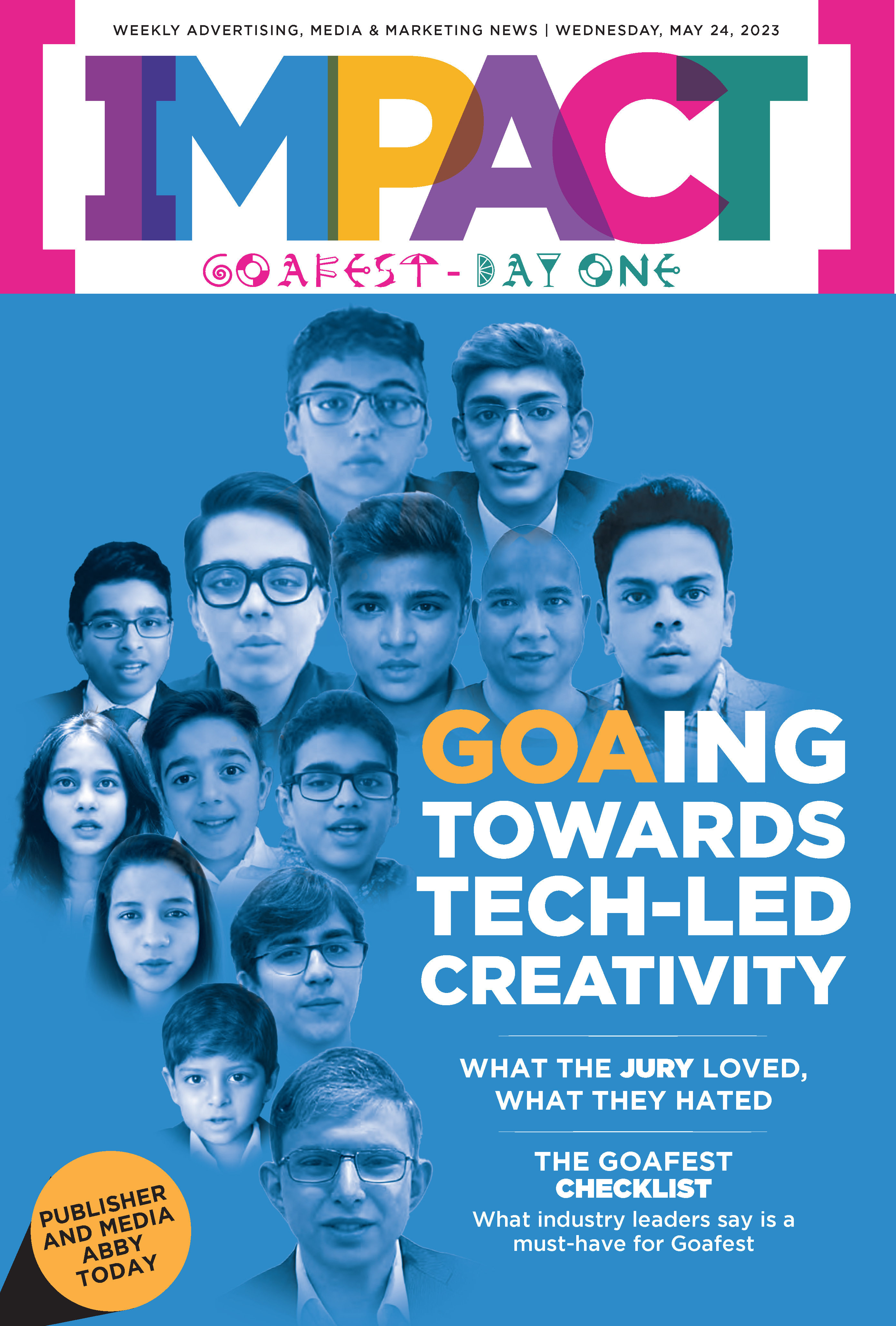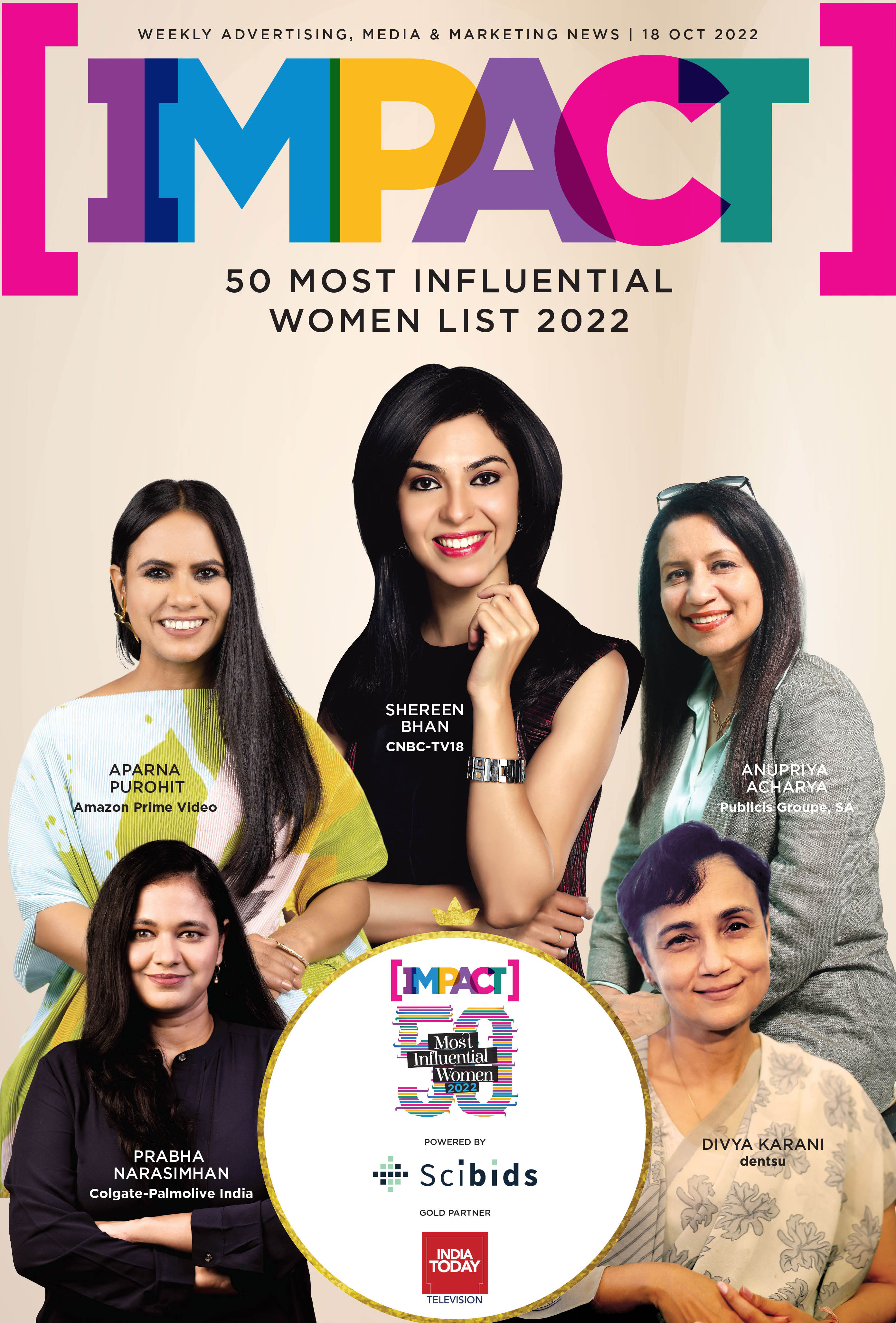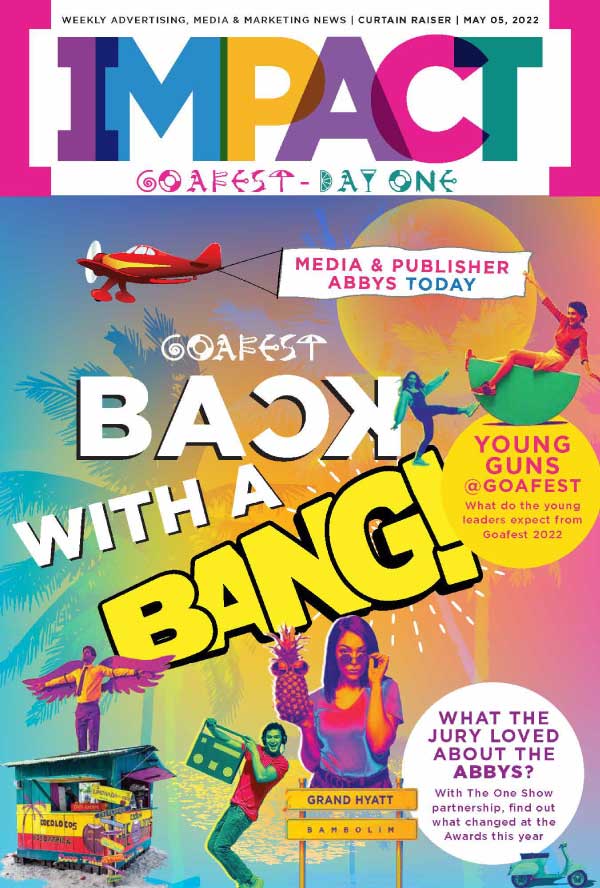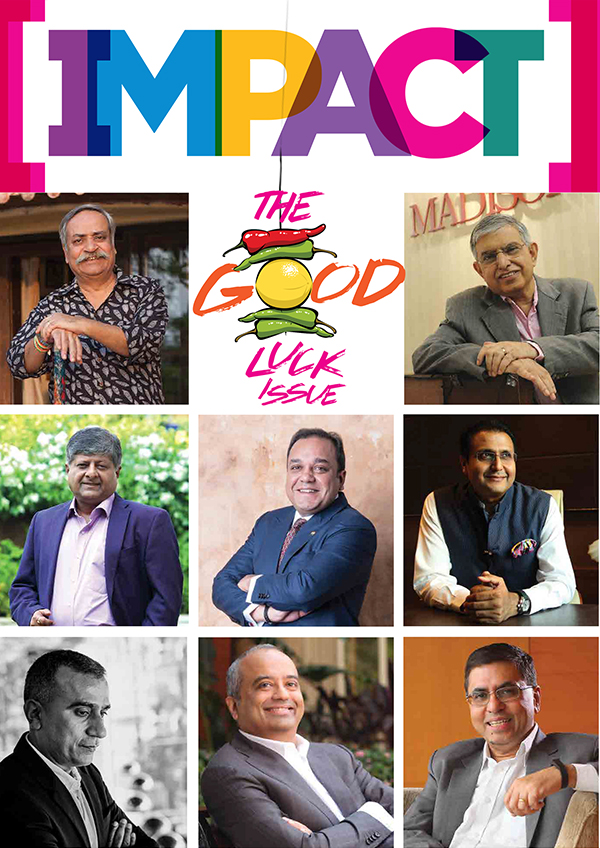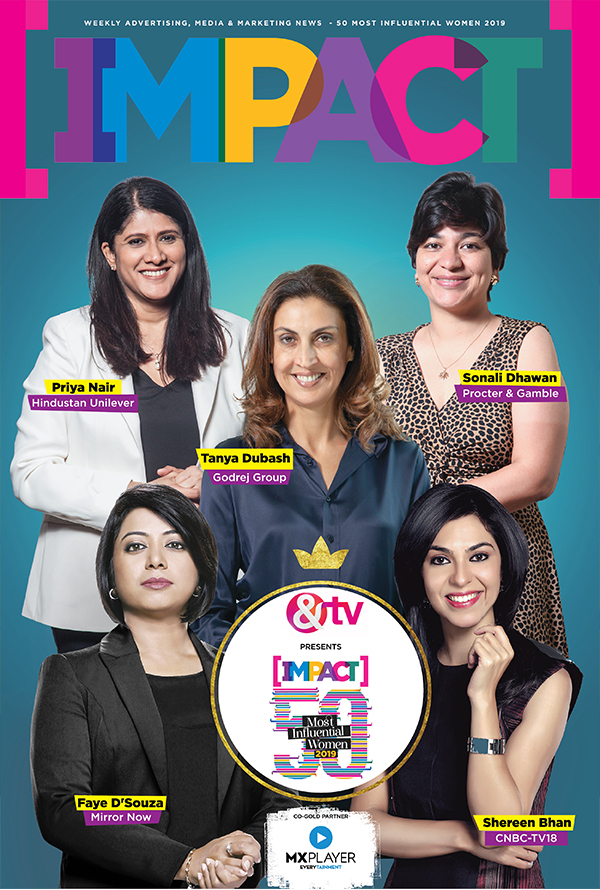The internet’s latest sensation, made famous by the viral “10 Rs ka biscuit” moment has become every marketer’s favourite muse. From Samsung and Britannia to Swiggy, brands are cashing in on his meme-fuelled fame and instant relatability. Swiggy and Instamart’s Diwali campaign even unites multiple viral stars, including Famous Ram and Sivadarshini (Believe in Yourself meme girl), proving that meme icons now drive mainstream marketing.
Adding to the trend, Arjun Kapoor, often the subject of playful online banter, turned the tables by teaming up with ice cream brand Call Me Chunky. Instead of ignoring the jokes, the actor and the brand smartly leaned into the meme, turning it into a cheeky, self-aware campaign that struck gold on social media. In an age where virality equals visibility, embracing humour even at one’s own expense has become the new marketing superpower.
The internet has always been a breeding ground for humour, sarcasm, and satire. What started as DIY jokes circulating on Reddit or Instagram now often snowballs into cultural phenomena. In India, brands are catching on — they’re no longer afraid of letting internet culture take the driver’s seat.
Arjun Kapoor’s ice cream ad isn’t a one-off. Beauty brand Nykaa turned Urvashi Rautela into the ‘first customer’ of its birthday sale, a playful nod to memes about her being the ‘first’ at everything. Vicks partnered with Himesh Reshammiya, who has long been meme royalty for his distinctive singing style and over-the-top persona. And Ugaoo roped in Jackie Shroff, capitalising on his very public affection for plants, something that internet users had meme-ified long before.
Each of these campaigns has one thing in common: they tap into a pre-existing cultural joke and use it to humanise celebrities, making them feel approachable, relatable, and most importantly — laughable in the right way. For brands, the logic is simple: why fight culture when you can ride it? Ashish Tendulkar, Chief Operating Officer, Call Me Chunky, explains their decision to flip a meme into a campaign asset.
For brands, the logic is simple: why fight culture when you can ride it? Ashish Tendulkar, Chief Operating Officer, Call Me Chunky, explains their decision to flip a meme into a campaign asset.
“Our brand is built for a Gen Z and young millennial audience, so our communication has to be young, witty, and culturally plugged in,” he says. “Instead of forcing a brand-new narrative, we thought the smarter move was to lean into what people were already enjoying,” says Tendulkar.
The results proved the instinct right. Not only did the ad feel authentic, but audiences also amplified it further online. “Meme-driven campaigns tend to generate stronger engagement and organic sharing because they feel more participative and in tune with culture. In this campaign, audiences not only interacted with the content but also extended it by creating and sharing their own versions online,” adds Tendulkar.
Clearly, when a celebrity is willing to laugh at themselves, fans are quick to jump on board.

 For agencies, the opportunity is equally exciting but comes with caveats. Manish Solanki, COO and Co-founder, TheSmallBigIdea, believes that memes can be powerful if handled with nuance.
For agencies, the opportunity is equally exciting but comes with caveats. Manish Solanki, COO and Co-founder, TheSmallBigIdea, believes that memes can be powerful if handled with nuance.
“The key is understanding that effective meme marketing isn’t about chasing every trending format, it’s about finding the intersection between cultural moments and genuine brand truth,” he explains.
Speaking about TSBI’s approach to memes, Solanki says, “We don’t view memes as disposable, moment-driven content. Instead, we treat each meme as a contribution to our brand’s long-term personality… Virality is a bonus, not the primary objective,” he says. That philosophy resonates with newer creative outfits that are actively shaping meme-led advertising. Viren Noronha, Co-founder & CEO, The New Thing (TNT) says, “Culture trumps strategy, every single time. At TNT, we launched Vaseline’s new Cloud Soft entirely through celebrity meme marketing,” he says. “The trick is to show up where culture is already happening, and right now, memes are the most potent vehicle for that. Our trick was activating celebrity pap (Paparazzi) pages, because that’s where people draw celebrity fashion and beauty cues from.”
That philosophy resonates with newer creative outfits that are actively shaping meme-led advertising. Viren Noronha, Co-founder & CEO, The New Thing (TNT) says, “Culture trumps strategy, every single time. At TNT, we launched Vaseline’s new Cloud Soft entirely through celebrity meme marketing,” he says. “The trick is to show up where culture is already happening, and right now, memes are the most potent vehicle for that. Our trick was activating celebrity pap (Paparazzi) pages, because that’s where people draw celebrity fashion and beauty cues from.”
Noronha adds that authenticity is key in this space. “The mistake celebrities make is treating memes like media placements for announcements. Memes aren’t billboards, brands that respect that get rewarded with engagement and virality,” he says. “Ba***ds of Bollywood got it right by riding the ‘Gafoor’ wave straight into meme pages, because that’s what culture was already talking about.”
This perspective is critical. After all, while a meme might drive Clicks and Likes in the moment, it only strengthens the brand if it fits into a consistent narrative.
Of course, riding the meme wave isn’t without risk. Humour is subjective, and internet jokes can be mercilessly misinterpreted.
Tendulkar admits the concern was real when launching the Arjun Kapoor campaign. “The biggest risk with memes is that the exaggeration overshadows the product or comes across as a dig at the celebrity,” he says. What made it work was Kapoor himself, who was “completely in on the joke and willing to laugh at himself.”
Solanki echoes this sentiment but emphasizes the authenticity factor. “Meme-based celebrity content walks a fine line between authentic relatability and manufactured moments,” he notes. “Forced attempts at humour often backfire spectacularly, making both the celebrity and the brand appear out of touch with their audience.” Gautam Anand, Co-Founder & Head of Content, AGENCY09, shares a similar view. “The reward is relatability, the risk is cringe,” he says. “The sweet spot is when the celebrity’s personality genuinely aligns with the meme, so it feels organic and not manufactured,” Anand explains.
Gautam Anand, Co-Founder & Head of Content, AGENCY09, shares a similar view. “The reward is relatability, the risk is cringe,” he says. “The sweet spot is when the celebrity’s personality genuinely aligns with the meme, so it feels organic and not manufactured,” Anand explains.
Anand also elaborates how simplicity ensures wider appeal. “Universal humour comes from simplicity. We prioritise memes that land without footnotes because if you have to explain the joke, it’s not a strong campaign asset,” he says.
Another reason meme-to-mainstream advertising is flourishing is because of how it softens celebrity personas. Bollywood stars, often seen as distant or unrelatable, suddenly appear more approachable when they laugh at their own expense.

When Nykaa positioned Urvashi Rautela as the ‘first’ at its birthday sale, it was both a cheeky nod to her meme identity and a clever way to position her as relatable to fans. Similarly, Himesh Reshammiya’s exaggerated quirks, once the subject of parody, were embraced by Vicks in a way that felt affectionate, not mocking.
As Tendulkar puts it, “Memes spark engagement and show a lighter, more relatable side of a celebrity.”
The big question is whether memes can sustain a brand strategy in the long run. Tendulkar says, “Memes are a powerful creative tool, but not a long-term strategy on their own. They spark engagement, but to build lasting impact, they need to anchor back to the brand and product.”
Anand expands on this by framing memes as threads in a larger brand narrative. “Each meme might be fleeting, but over time, the consistent tone and point of view create a recognisable brand personality,” he notes. “It’s about balancing the immediacy of virality with the steadiness of brand identity.”
In short, memes can open doors to cultural relevance, but what keeps the brand inside the room is consistency, authenticity, and strong product storytelling.
Beyond entertainment, meme-to-mainstream campaigns are already changing how consumers interact with brands. According to both Tendulkar and Solanki, meme-based campaigns generate more user participation than traditional ones. People not only like or share but also remix, comment, and add to the narrative, giving the campaign extended shelf life.
At the end of the day, the meme has become more than a joke — it’s a creative director, shaping narratives and deciding what sticks. Arjun Kapoor, Urvashi Rautela, Himesh, and Jackie Shroff are just the beginning.
Tomorrow, it could be another celebrity, another viral moment, and another brand brave enough to laugh along with the internet. Because in 2025, when it comes to brand storytelling, the real brief might just be: Find the meme, and let it lead.

















